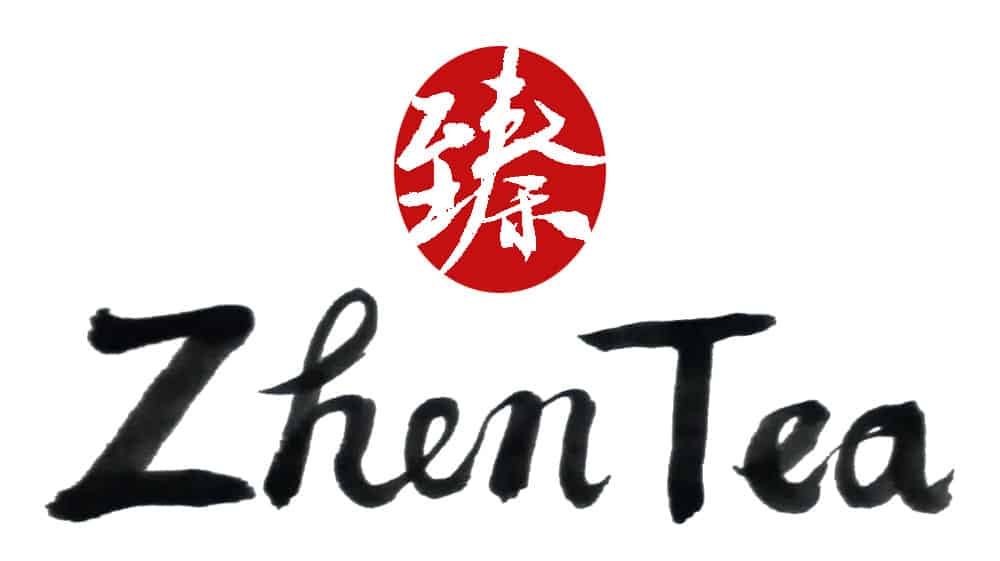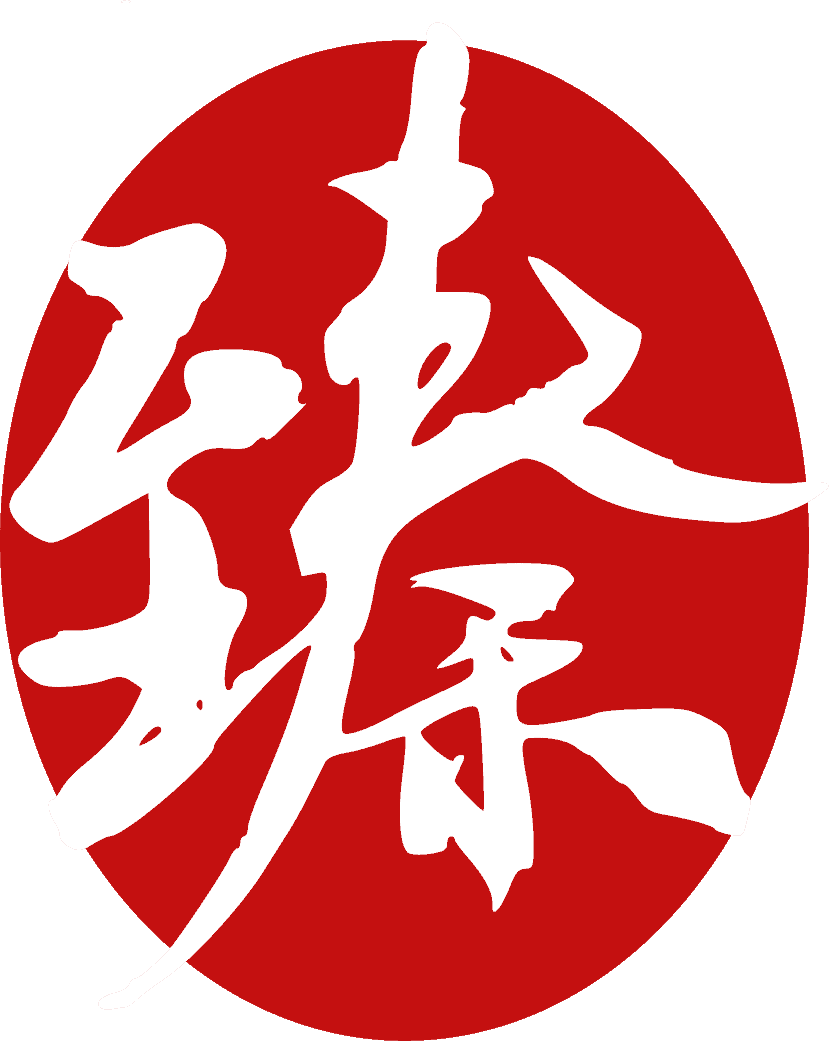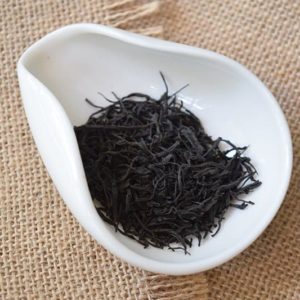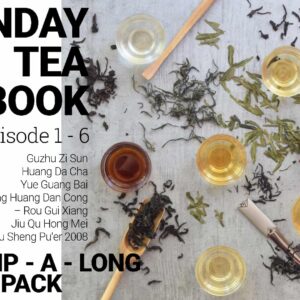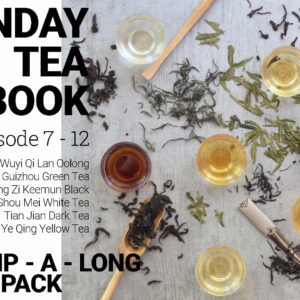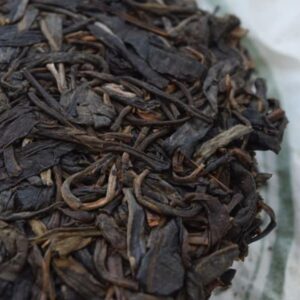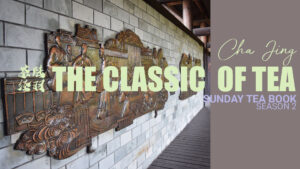Please check out Sunday Tea Book videos for additional information about the Classic of Tea.
Chapter 3 Process
Tea plucking usually happens in March, April, and May.
The tea plants grown in rich soil, when there is strong, new growth, reaching about 12-15cm (4,5 cun) that looks like a new shoot of fern, it can be plucked on the dewy mornings. A tea plant that is grown among weeds has weaker new shoots. When there are 3, 4, or 5 new shoots, choose the strong one to pluck.
Don’t pluck on rainy days nor cloudy days. Only pluck when it’s sunny. After plucking, steam, crush, press, roast, thread, and seal, and a tea cake is done.
Sip-a-long with Long Jing Black Tea (aka Jiu Qu Hong Mei) or grab both sip-a-long six packs and binge-watch the whole season at your tea table!
-
Jiu Qu Hong Mei
$9.00 – $32.00 -
Sale!
The Classic of Tea Sip-a-Long 6 Pack Season 2 Episode 1 – 6
Original price was: $93.00.$69.75Current price is: $69.75. -
Sale!
The Classic of Tea Sip-a-Long 6 Pack Season 2 Episode 7 – 12
Original price was: $53.50.$41.00Current price is: $41.00.
The look of a tea cake varies. Roughly speaking, some looks like the foreigner’s leather boots, rich in wrinkle; some like bison’s chest, regularly shaped. Some are curvy like the clouds rising from the mountain peak. Some like breeze touch the water stirring up gentle ripples. Some are like the pottery clay that’s been washed. Some are like the freshly explored farmland washed by the storm. These are good tea. Some is like the bamboo shoots’ shell, rough and tough. It’s hard to steam and crush. They look like sieves with holes. Some look like lotus leaves after frost. The stem and leaves are shriveled, and the overall look has changed and become dry, thin and tired. These are low grade tea.
From plucking to storaging, there are 7 steps. From foreigner’s leather boots to frosted locus leaves, there are 8 grades of tea.
Seeing a shining, black and smooth tea cake and deeming it good quality is the worst way of appraisal. Seeing a wrinkled, yellow, and uneven tea cake and thinking it’s good tea is also not a good appraisal. Realizing these symbols are all not enough to decide the quality, but comprehensively pointing out the pros and cons of these symbols is the best way to appraise. Because if the juice of the tea leaves is fully crushed out, the tea cake will look shiny and smooth. Otherwise, if some juice still stays in the tea leaves, the tea cake will look wrinkled. If the tea was processed overnight, the cake will look black. If it’s processed on the same day, the tea cake will be yellow colored. If the tea cake was pressed hard, it will look smooth and even, otherwise uneven. In these aspects, tea and other leafy vegetables are the same.
The quality of tea is a mnemonic rhyme.
Sip-a-long with 2008 Lao Shu Sheng Pu’er or grab both sip-a-long six packs and binge-watch the whole season at your tea table!
-
Lao Shu Sheng Pu’er 2008
$31.00 – $439.00 -
Sale!
The Classic of Tea Sip-a-Long 6 Pack Season 2 Episode 1 – 6
Original price was: $93.00.$69.75Current price is: $69.75. -
Sale!
The Classic of Tea Sip-a-Long 6 Pack Season 2 Episode 7 – 12
Original price was: $53.50.$41.00Current price is: $41.00.
